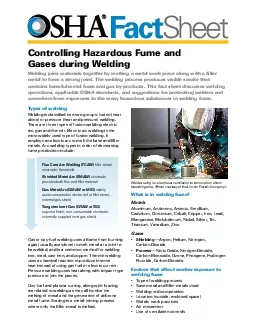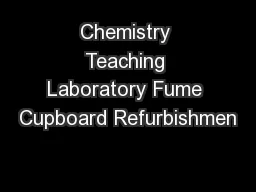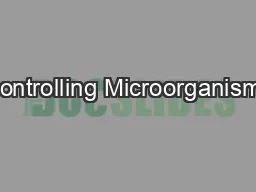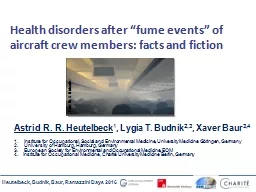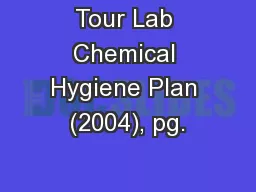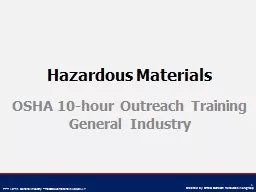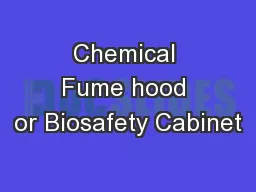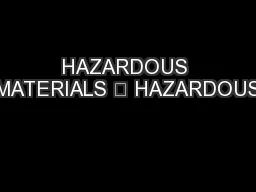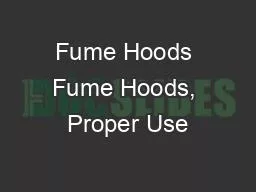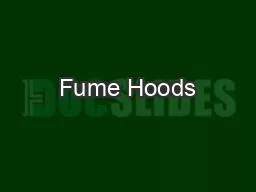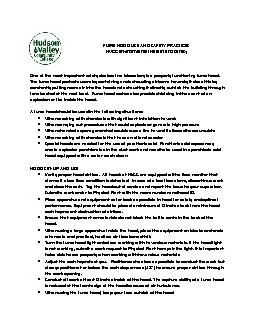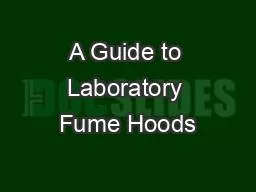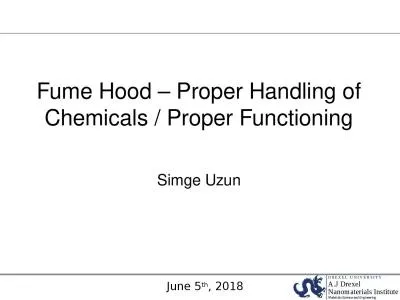PDF-Controlling Hazardous Fume and
Author : hadley | Published Date : 2021-08-25
FactSheetGases during WeldingWelding joins materials together by melting a metal work piece along with a 31ller metal to form a strong joint The welding process
Presentation Embed Code
Download Presentation
Download Presentation The PPT/PDF document "Controlling Hazardous Fume and" is the property of its rightful owner. Permission is granted to download and print the materials on this website for personal, non-commercial use only, and to display it on your personal computer provided you do not modify the materials and that you retain all copyright notices contained in the materials. By downloading content from our website, you accept the terms of this agreement.
Controlling Hazardous Fume and: Transcript
Download Rules Of Document
"Controlling Hazardous Fume and"The content belongs to its owner. You may download and print it for personal use, without modification, and keep all copyright notices. By downloading, you agree to these terms.
Related Documents

